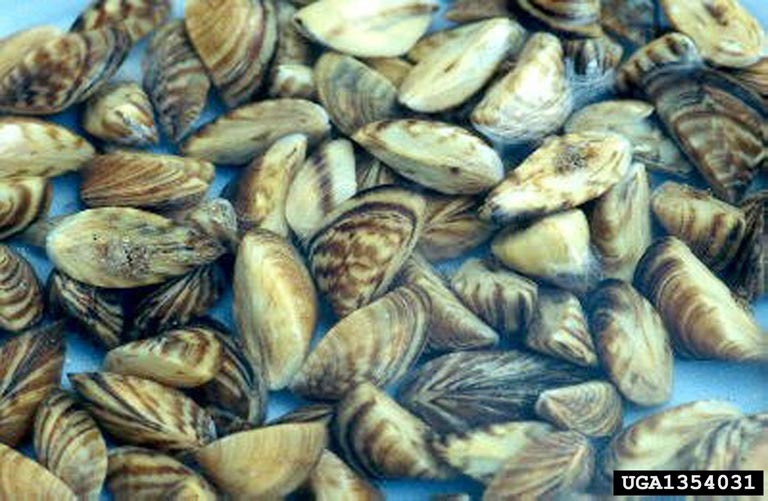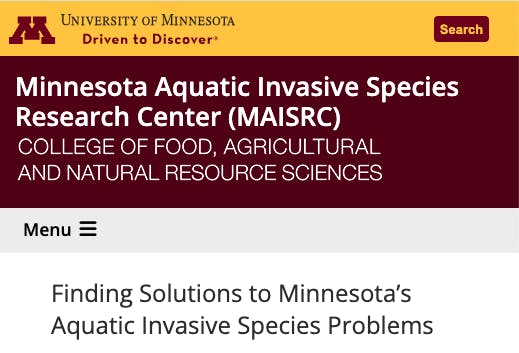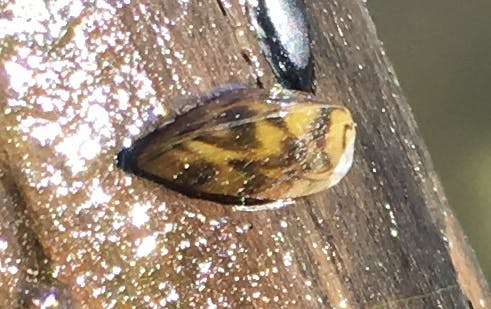Zebra Mussel Control Study
Overview
RPBCWD staff are partnering with researchers from the University of Minnesota’s Minnesota Aquatic Invasive Species Research Center (MAISRC) to evaluate a copper treatment approach to managing a zebra mussel population. The study will take place on Lake Riley, located in Chanhassen and Eden Prairie, which has a well-established zebra mussel population first detected in 2018.
Complete eradication of an established zebra mussel population in a waterbody is unlikely. However, treatments with a copper solution have been shown to reduce the numbers of zebra mussels. The goal of this study is to evaluate control of zebra mussels with a low-dose copper solution treatment. Large amounts of copper may be toxic to aquatic life, but evidence shows that a low dose copper treatment may be effective against zebra mussels with limited impact to other species. A similar study was performed by MAISRC on a bay in Lake Minnetonka in 2019.
Timeline
The zebra mussel control study will begin on Lake Riley in early summer 2025 with collection of data to assess existing conditions. Data collection will focus on zebra mussel population density, distribution, and reproduction; macroinvertebrate, zooplankton, and phytoplankton abundance and diversity; water quality indicators such as chlorophyll-a; and copper level testing. Researchers will begin to assess the data in late summer 2025.
The copper treatment will be applied in July/August 2026 at the peak of zebra mussel reproduction. Following the treatment, researchers will collect data to monitor the impact to zebra mussels, non-target species, and water quality. Once completed, a summary of the study results will be made available to the public.




